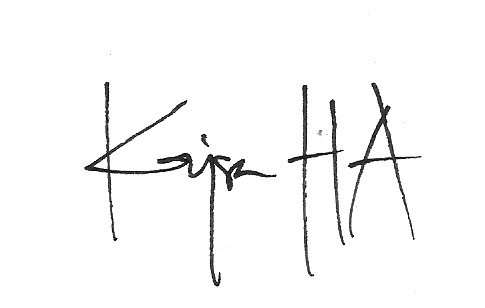 On April the 20th 2010, the World Bank announced they would be making their statistics on development available on the Internet, free of charge. Before you needed to pay to have access to these data sets or buy a CD-ROM. At the same time a new website was opened to easily disseminate the information – data.worldbank.org (see pic).
On April the 20th 2010, the World Bank announced they would be making their statistics on development available on the Internet, free of charge. Before you needed to pay to have access to these data sets or buy a CD-ROM. At the same time a new website was opened to easily disseminate the information – data.worldbank.org (see pic).
The Swedish organization Gapminder has been working for some time now with making it happen and. In 2006, was lucky to work with one of their board members, Gun-Britt Andersson and was by her introduced to Gapminder’s mission of “unveiling the beauty of statistics for a facts based world view”. Since then, I have seen Director of Gapminder Hans Rosling’s TED speeches many times and played around with the data on their website.
Now even more data is available. Gapminder commented on the World Bank releasing some of its development data on its website calling it a “bold and long awaited step”.
Free statistics, what does it mean?
Well, to start out with, information is now available all over the world. All decision makers can now afford to inform themselves. Researchers and students can find more data to test theses and critique current data collection, indicators and methods. Developers can play around with the data and make it even more accessible. An app-competition is to be organized soon.
Read Owen’s blog and Privat Sector Development Blog for more info on its uses.
Faced with this statistical opportunity, what did I do?
I first checked out the country page for Ghana. It was easy to overview, but unfortunately the additional indicators took a while to load. Still most recent information on GDP, GNI, Poverty, Literacy, Debt, Education, Infrastructure and Unemployment lay in front of me in seconds.
Second, I looked at topics. I was looking for migration, but as I couldn’t find it, I chose Education as I also have a research interest in Higher Education. As the page loaded, my first feeling was confusion. How can total enrollment be 106% for primary school?
After thinking about it for a while and realizing primary enrollment has dramatically increased over the last years , I can only think of one explanation. Is it because now also older students get a chance to catch up?
What else did I find?
For higher education I found two interesting indicators – enrollment on tertiary level and public expenditure on tertiary students per student as percentage of GDP per capita. For the first one, Ghana has 6,2% of an age group that officially corresponds to tertiary level enrolled in tertiary education. Sweden has 74,5%. Public expenditure on education, especially higher education is an interesting number, so why not give it to us in a more comparable format?The data can with a click be seen as a map instead of a table. The sets can also be saved or shared.
All in all, I recommend visiting this website. The data being released is long overdue – imagine the “open market” supporters clinging on to their own data! Actually, this information raises more questions than it answers which is a pretty awesome outcome.

